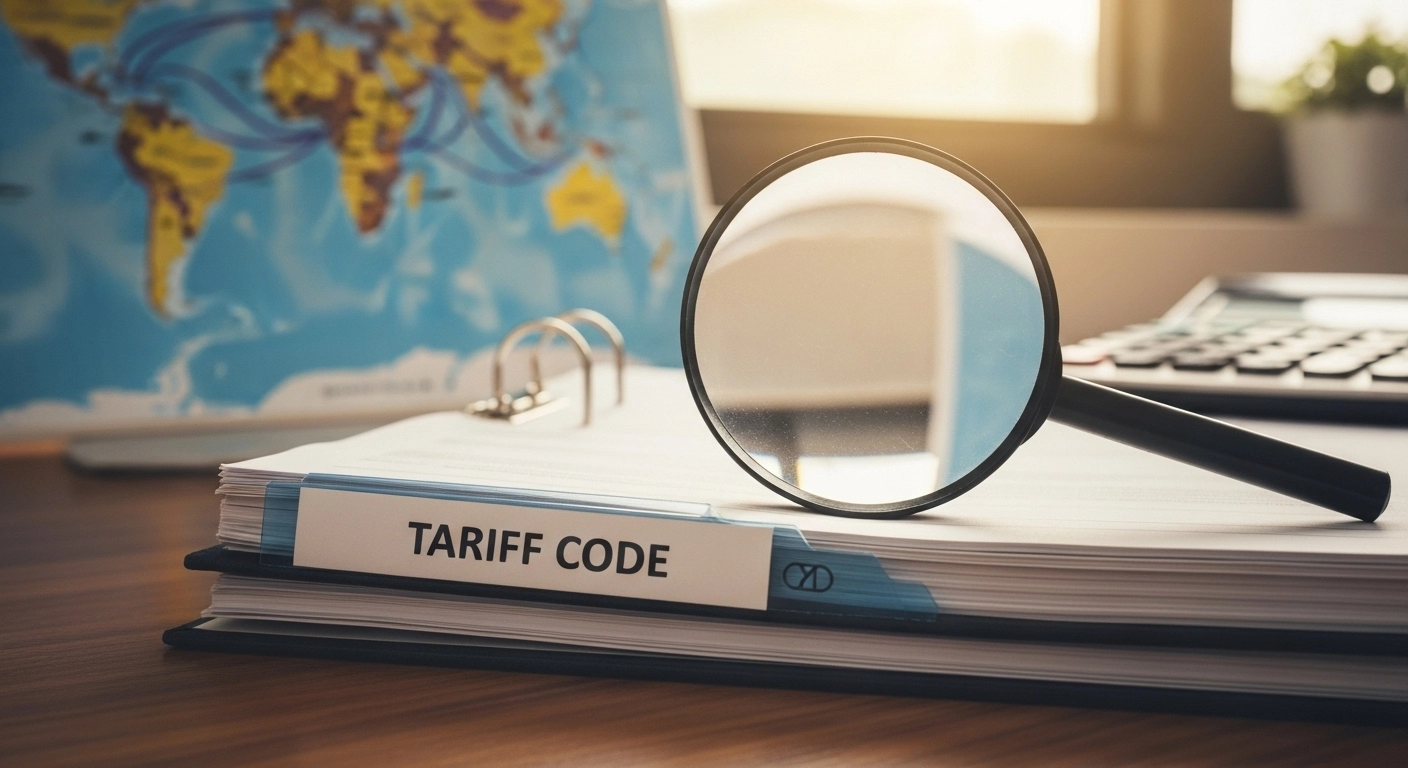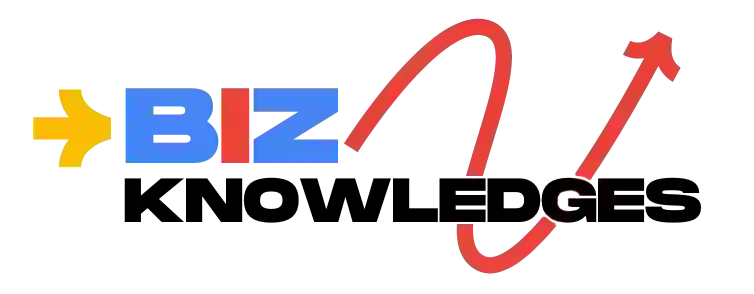Tariff Code Reviews Are Now Essential for Importers — How Misclassification Is Driving Higher Costs Across Global Supply Chains

As of November 2025, tariff policy has become one of the most volatile elements of global trade. With the United States continuing to refine Section 301 tariff code reviews, reviewing China duty exclusions, and debating further origin-based enforcement, importers face unprecedented uncertainty. Across electronics, consumer goods, auto parts, textiles, and home products, companies are seeing freight costs rise — not only because of rates, but because of tariff misclassification.
A tariff code (HTS code) determines a shipment’s duty rate, eligibility for exclusions, potential additional tariffs, admissibility, and likelihood of inspection. When tariff rules shift as quickly as they have in 2025, an outdated or incorrect code can dramatically inflate your landed cost without warning.
This is why tariff code reviews have become one of the most important financial and compliance safeguards for importers today.
Why Tariff Code Reviews Accuracy Matters More Than Ever in Late 2025
In a year where tariff policy has been defined by rapid change — including renewed debates over Section 301, selective reinstatement of exclusions, and growing scrutiny of country-of-origin claims — accurate classification is essential.
Incorrect codes lead to:
- Higher-than-necessary duties (including China 301 tariffs)
- Missed opportunities for duty exclusion savings
- Increased risk of CBP audits and 2025 enforcement sweeps
- Delays at ports due to intensified compliance checks
- Large-scale financial exposure during tariff changes
Tariff Shifts Are Now Directly Impacting Freight Shipping Costs
Tariff volatility affects ocean and air cargo far beyond the duty line item.
Here’s how 2025 tariff updates are shaping the freight market:
1. Mode Switching (Ocean → Air)
When additional tariffs are announced (or rumored), importers often accelerate shipments to beat effective dates. This pushes many shippers into air freight, raising demand and rates.
2. Inventory Pull-Forwards
Tariff windows prompt companies to front-load inventory, affecting port congestion and carrier space — especially during Q4.
3. Routing Strategy Changes
Higher duties can push shippers to diversify sourcing to Vietnam, Malaysia, India, and Mexico. This creates new routing patterns and changes transit expectations.
4. Landed Cost Variability
Tariffs now fluctuate quickly enough that total landed cost forecasting has become a weekly exercise, not a quarterly one.
Why an Experienced Freight Forwarder Is Critical in a Tariff-Heavy World
Tariffs no longer operate in isolation — they directly shape supply chain strategy. Importers need partners who understand the compliance side and the transportation side of global trade. The right freight forwarder can significantly reduce risk by helping businesses:
1. Stay Ahead of Policy Changes
Frequent updates to China duties, Section 301 adjustments, and country-of-origin rules require constant monitoring.
2. Identify Misclassifications Before CBP Does
Increased 2025 audit activity means importers cannot rely on outdated classifications or supplier-provided codes.
3. Balance Ocean and Air Shipping Strategically
Tariff-driven demand spikes can make air freight necessary — or avoidable — depending on smart planning.
4. Improve Forecasting and Inventory Stability
Accurate tariff coding improves cost projections, lead-time planning, and buffer-stock decisions.
5. Reduce Consumer Price Pressure
When tariff costs unexpectedly rise, companies often pass increases downstream. Accurate codes help stabilize pricing in a sensitive consumer market.
How Tariff Mistakes Hit Consumers in 2025
Tariff misclassification doesn’t stay hidden. It eventually affects:
- Retail prices (higher duties → higher shelf prices)
- Product availability (delays from CBP holds cause stockouts)
- New product launches (electronics and seasonal goods are especially vulnerable)
- Supplier diversification options (origin rules may limit flexibility)
With inflation still a concern in late 2025, tariff-driven cost increases are under more scrutiny than ever.
A Tariff Code Review Is Now a Strategic Advantage
In today’s tariff environment, importers that perform regular HTS reviews gain a measurable advantage in:
- Cost savings
- Duty mitigation
- Compliance risk reduction
- Lead-time stability
- Forecast accuracy
- Freight mode optimization
An experienced freight forwarder can help align tariff strategy with overall supply chain planning — especially for importers managing high SKU counts or fast-moving categories.
With 50 years of global logistics expertise, Dedola Global Logistics continues to support U.S. importers with tariff code analysis, compliance guidance, and transportation strategies that minimize tariff exposure and keep cargo moving efficiently.To learn more about how Dedola helps importers navigate the 2025 tariff environment while strengthening their supply chain resilience, visit Dedola.com.
